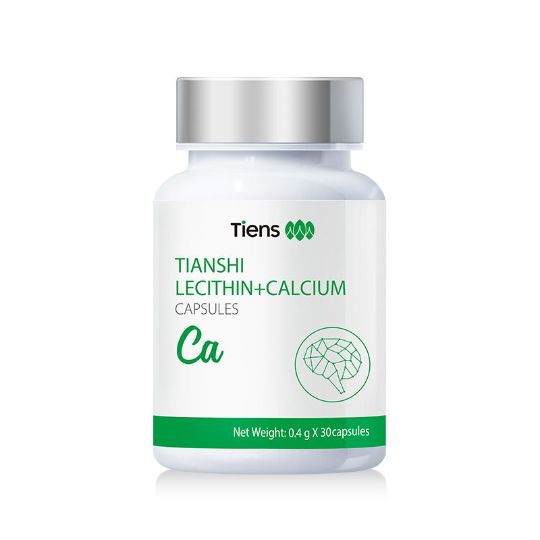
The Power of Fasting Food: A Guide to Health and Wellness
The Power of Fasting Food: A Guide to Health and Wellness. Fasting has been practiced for centuries as a means of spiritual and physical purification. However, in recent times, fasting has also gained popularity as a dietary practice for improving overall health and well-being. In this article, we’ll explore the concept of fasting food, its benefits, and how it can be incorporated into a balanced and sustainable lifestyle.
What is Fasting Food?
Fasting food refers to the nourishment consumed during a fasting period. While traditional fasts may involve abstaining from all food and drink for a specific duration, modern fasting approaches typically allow the intake of certain foods and beverages to support the body’s needs while still promoting a state of fasting. Fasting food generally consists of whole, nutrient-dense, and easily digestible options.
- Benefits of Fasting Food:
a. Enhanced Fat Burning: When you consume fasting food, your body remains in a fasted state, enabling it to tap into fat stores for energy. This process may promote weight loss and improve body composition.
b. Improved Insulin Sensitivity: Fasting food choices, especially those low in added sugars and refined carbohydrates, can help regulate blood sugar levels, leading to enhanced insulin sensitivity.
c. Cellular Repair and Autophagy: Some fasting food options, like green leafy vegetables and antioxidant-rich fruits, can stimulate autophagy, a natural process where the body removes damaged cells and promotes cellular repair.
d. Reduced Inflammation: Certain fasting foods, such as turmeric, ginger, and fatty fish, contain anti-inflammatory properties that can help alleviate inflammation in the body.
e. Enhanced Mental Clarity: Fasting food that includes healthy fats like avocado and nuts can provide sustained energy to the brain, promoting better focus and mental clarity during fasting periods.
- Recommended Fasting Foods:
a. Leafy Greens: Spinach, kale, and Swiss chard are excellent sources of vitamins, minerals, and antioxidants while being low in calories, making them ideal for fasting food.
b. Berries: Blueberries, strawberries, and raspberries are rich in antioxidants and fiber, providing a sweet treat without disrupting fasting benefits.
c. Bone Broth: Bone broth contains essential nutrients, collagen, and amino acids that can support gut health and reduce inflammation during fasting.
d. Avocado: Packed with healthy fats and fiber, avocados can keep you feeling full and satisfied during fasting periods.
e. Nuts and Seeds: Almonds, walnuts, chia seeds, and flaxseeds provide a good balance of healthy fats, protein, and fiber, making them great choices for fasting food.
f. Herbal Teas: Non-caloric herbal teas like chamomile, peppermint, and green tea can hydrate the body and offer various health benefits while supporting fasting goals.
The Power of Fasting Food
Conclusion:
Fasting food is an effective and sustainable approach to incorporate fasting into your lifestyle while still enjoying essential nutrients and health benefits. By focusing on whole, nutrient-dense foods during fasting periods, you can optimize fat burning, improve insulin sensitivity, promote cellular repair, and reduce inflammation.
As with any dietary practice, it’s essential to consult with a healthcare professional or registered dietitian before embarking on a fasting regimen, especially if you have any underlying health conditions. Remember that fasting should be done responsibly and in a way that fits your individual needs and lifestyle. With the right approach, fasting food can be a powerful tool for enhancing your health and well-being.
The Power of Fasting Food
References
1. Mattson, M. P., Longo, V. D., & Harvie, M. (2017). Impact of intermittent fasting on health and disease processes. Annual Review of Nutrition, 37, 11-33.
2. Longo, V. D., & Mattson, M. P. (2014). Fasting: molecular mechanisms and clinical applications. Cell Metabolism, 19(2), 181-192.
3. de Cabo, R., & Mattson, M. P. (2019). Effects of intermittent fasting on health, aging, and disease. New England Journal of Medicine, 381(26), 2541-2553.
4. Horne, B. D., Mayers, J. R., & Anderson, J. E. (2015). Health effects of intermittent fasting: hormesis or harm? A systematic review. American Journal of Clinical Nutrition, 102(2), 464-470.
5. Patterson, R. E., & Sears, D. D. (2017). Metabolic effects of intermittent fasting. Annual Review of Nutrition, 37, 35-57.
6. Chaix, A., Zarrouk, A., & Balkau, B. (2019). Benefits of intermittent fasting for cardiometabolic health. Nature Reviews Endocrinology, 15(10), 593-608.
7. Longo, V. D., & Panda, S. (2016). Fasting, circadian rhythms, and time-restricted feeding in healthy lifespan. Cell Metabolism, 23(6), 1048-1059.
8. Mattson, M. P., & Wan, R. (2018). Beneficial effects of intermittent fasting and caloric restriction on brain health and disease. Nature Reviews Neuroscience, 19(2), 181-192.
9. Wei, M., & Brandhorst, S. (2018). Intermittent fasting and longevity: a review. The American Journal of Clinical Nutrition, 108(1), 204-211.
10. Anton, S. D., Moehl, K., & Mattson, M. P. (2018). Flipping the metabolic switch: understanding and applying the health benefits of fasting. Obesity, 26(2), 254-268.



